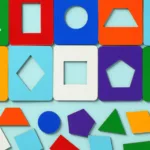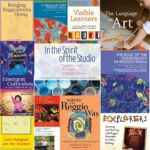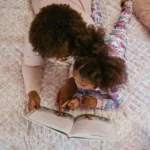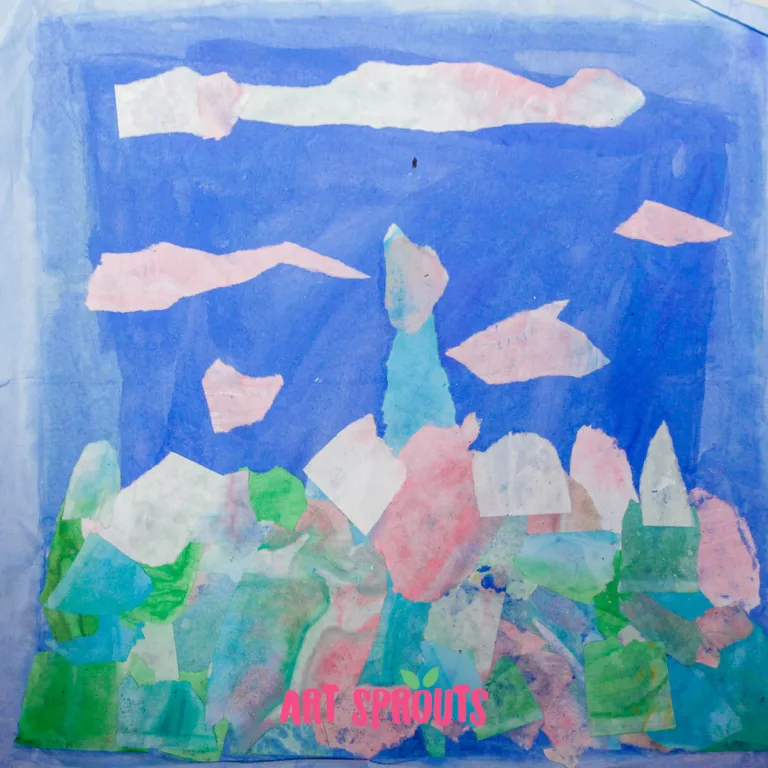What is Reggio Documentation? Making Learning Visible in the Reggio Emilia Approach
What is Reggio documentation?
In the Reggio Emilia approach, documentation is a fundamental practice that makes learning visible. More than just recording progress, Reggio Emilia documentation captures the entire learning journey—reflecting children’s growth, thinking processes, and interactions across various subjects, not just art. By emphasizing the process over the final product, this approach helps educators understand and support each child’s development in a meaningful way.
Through documentation methods such as photography, journals, and portfolios, educators create a dynamic record of children’s experiences, reinforcing the principles of visible learning and the emergent curriculum. In this post, we’ll explore these documentation strategies and their role in Reggio Emilia education. These documentation methods not only capture children’s learning journeys but also foster deeper reflection among educators and families. By showcasing individual and group projects, teachers can effectively demonstrate the concept of ‘visible learning in Reggio studios,’ highlighting how children’s thoughts and creativity unfold in a supportive environment. This ongoing dialogue about learning promotes a stronger community connection and enriches the educational experience for all involved.
In this post, we will explore various documentation methods, such as photography, journals, and portfolios, and discuss their significance in the Reggio Emilia approach.
Read also:
What is Reggio Documentation?
Table of Contents
The Importance of Making Learning Visual
Documenting the learning journey is essential for several reasons. Firstly, it provides a tangible record of a child’s progress, allowing both teachers and students to reflect on their growth over time. Secondly, it supports the Reggio Emilia approach by emphasizing the importance of the learning process over the final product. This approach aligns with the principles of emergent curriculum, where children’s interests and experiences guide their learning journey. Additionally, documenting this journey fosters a sense of ownership and pride in students, as they are able to see their own contributions and milestones. It encourages a collaborative environment where teachers and peers can engage in meaningful discussions about learning experiences. To understand these principles more deeply, a Reggio Emilia approach overview offers valuable insights into how this educational philosophy nurtures creativity and critical thinking in early childhood education.
Moreover, documentation fosters communication between teachers, students, and parents. It provides insights into the child’s learning process, enabling parents to understand and support their child’s development better. Additionally, it encourages students to take ownership of their learning, boosting their confidence and motivation.
For more on this topic, see What is the Reggio Emilia Approach?
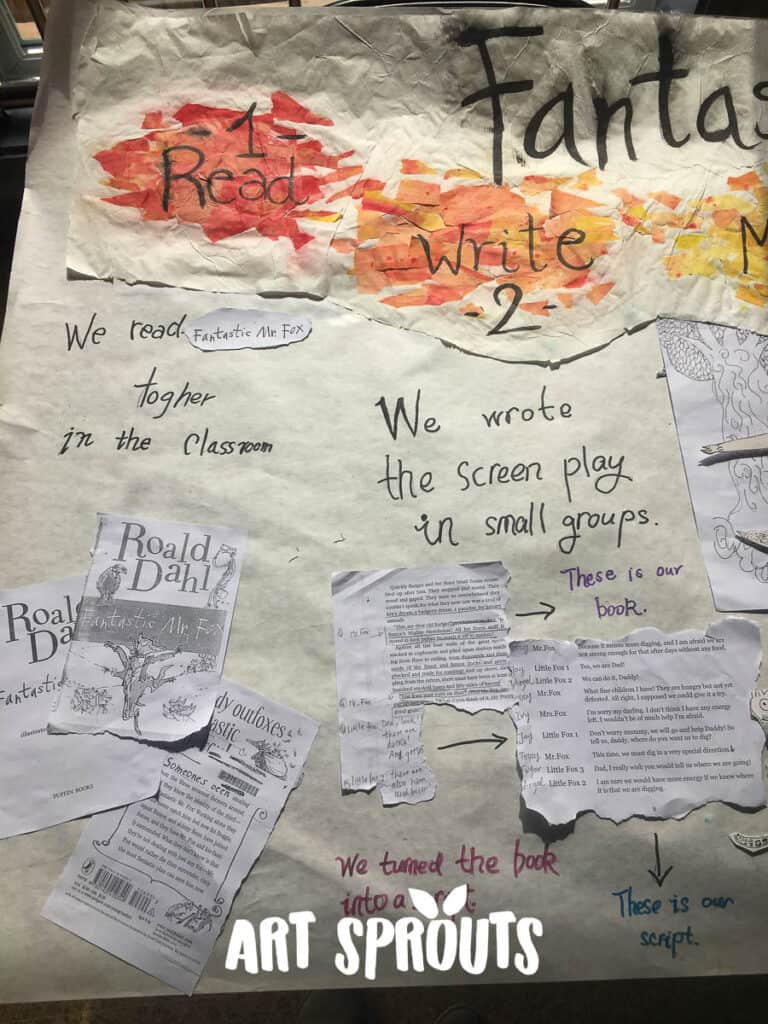
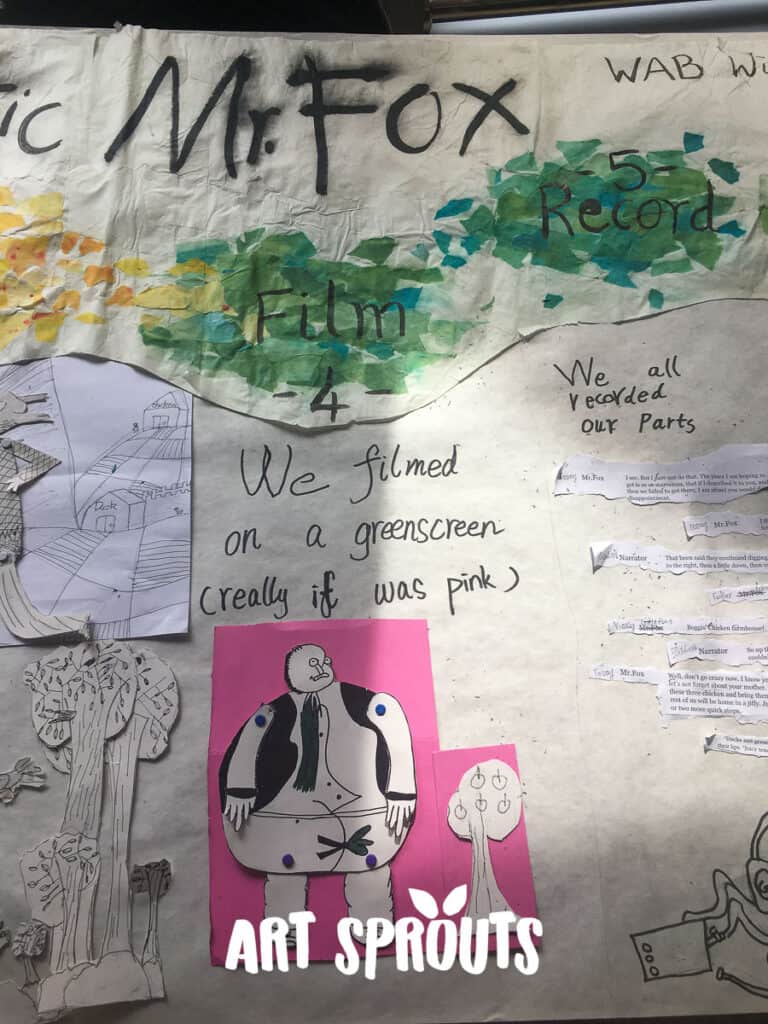
How to Document the Learning Process the Reggio Way
Photography
Photography is a powerful tool for capturing the learning journey. By taking photos of students at different stages of their projects, teachers can create a visual timeline of their progress. This method is particularly effective in documenting activities such as loose parts play, where children experiment with various materials and configurations.
To implement this, teachers can create a dedicated space in the classroom for a “photo wall,” displaying images of students working on their projects. This not only celebrates their efforts but also allows them to see their progress over time. Additionally, digital photo albums or slideshows can be shared with parents to keep them informed and involved in their child’s learning journey.
Journals
Encouraging students to maintain journals is another effective way to document their learning process. Journals allow students to record their thoughts, ideas, and reflections throughout their projects. This practice promotes self-expression and critical thinking, as students can articulate their creative choices and evaluate their work.
Teachers can guide students on how to use their journals effectively. For instance, they can prompt students to write about their inspiration, the materials they used, the challenges they faced, and how they overcame them. Integrating this practice into the classroom routine ensures that students consistently reflect on their learning experiences.
Portfolios
Creating portfolios is a comprehensive method of documenting the learning journey. A portfolio is a collection of a student’s work, showcasing their development over time. It includes finished pieces, sketches, drafts, and reflections, providing a holistic view of their progress.
Portfolios can be physical or digital. Physical portfolios involve compiling students’ work in folders or binders, while digital portfolios can be created using platforms like Google Drive or specialized portfolio software.
Regularly updating portfolios helps students track their growth and allows teachers to assess their development more effectively.

Implementing Reggio Emilia Documentation in the Classroom
To integrate documentation effectively, teachers should consider the following strategies:
- Create a Routine: Establish a regular routine for documenting the learning process. This could include setting aside time each week for students to update their journals or portfolios and for teachers to take photos.
- Involve Students: Encourage students to take an active role in documenting their learning journey. This fosters a sense of ownership and responsibility for their learning.
- Share and Reflect: Regularly share documentation with students and parents. Hold reflection sessions where students can discuss their progress and set goals for future projects.
- Use Technology: Leveraging technology can enhance the documentation process, making it more efficient and accessible. Consider using digital portfolios and classroom blogs to create a comprehensive record of student learning.
Practical Solutions for Effective Documentation
Engaging Parents in the Documentation Process
Involving parents in the documentation process strengthens the home-school connection and supports students’ development. Here are some ways to engage parents:
- Parent-Teacher Conferences: Use documentation to provide a comprehensive view of a student’s progress during parent-teacher conferences. Show photos, journals, and portfolios to illustrate their growth.
- Digital Sharing: Share digital portfolios or photo albums with parents through email or classroom management platforms like ClassDojo. Encourage parents to provide feedback and support their child’s learning journey.
- Exhibitions: Organize exhibitions or showcases where students can present their work and share their learning process with parents. This celebrates their achievements and fosters a sense of pride and accomplishment.
Integrating the Reggio Emilia Approach
The Reggio Emilia approach emphasizes the importance of documenting the learning process. To integrate this approach into your documentation practices, consider the following: The Reggio Emilia approach emphasizes the importance of documenting the learning process. To integrate this approach into your documentation practices, consider the following: Focus on capturing children’s thoughts, questions, and expressions through various mediums, such as photographs, videos, and written observations. This not only creates a rich tapestry of their learning experiences but also helps educators and parents engage in meaningful discussions about the child’s development. When reflecting on your documentation, ask yourself, “what is the reggio emilia approach,” as it encourages a collaborative dialogue that enriches the educational environment. Utilizing techniques such as photographs, videos, and written observations can help capture the children’s experiences and discoveries. By involving both educators and parents in the process, you foster a collaborative environment that aligns with the Reggio Emilia educational philosophy. This not only enhances communication about the children’s growth but also allows for deeper reflection on their learning journeys, encouraging a richer understanding of their development.
- Visible Learning: Make learning visible by displaying students’ work and documentation in the classroom. This aligns with the principles of visible learning, where the process of learning is made transparent and accessible to all.
- Emergent Curriculum: Use documentation to support an emergent curriculum, where students’ interests and experiences guide their learning. Reflect on the documentation to identify emerging themes and plan future projects accordingly.
- Collaboration and Reflection: Foster a collaborative environment where students, teachers, and parents reflect on the learning journey together. This encourages continuous learning and improvement.

External Resources for Teachers
For further reading and resources on documenting the learning journey, consider the following books:
- “Visible Learners: Promoting Reggio-Inspired Approaches in All Schools” by Mara Krechevsky, Ben Mardell, Melissa Rivard, Daniel Wilson
- “10 Mindframes for Visible Learning: Teaching for Success ”
by John Hattie and Klaus Zierer - “The Hundred Languages of Children: The Reggio Emilia Experience in Transformation” by Carolyn Edwards, Lella Gandini, and George Forman
Additionally, reputable online sources such as Reggio Children and National Association for the Education of Young Children (NAEYC) provide valuable insights and articles on the importance of documentation in education.
Share your own documentation routines and tips in the comments to continue the conversation and inspire others!


